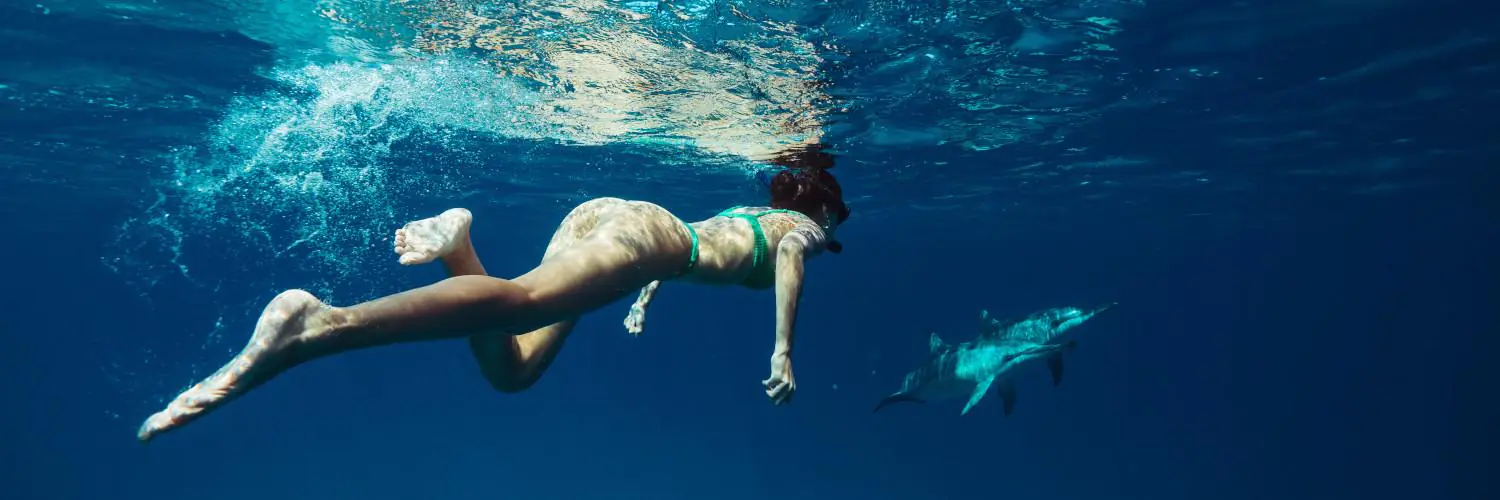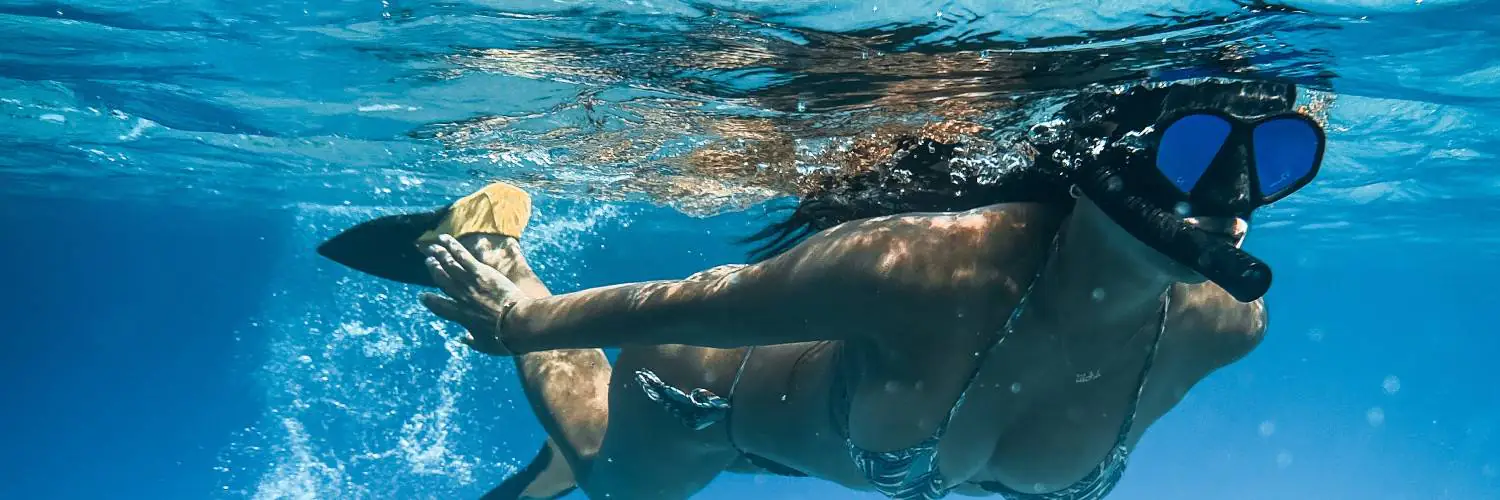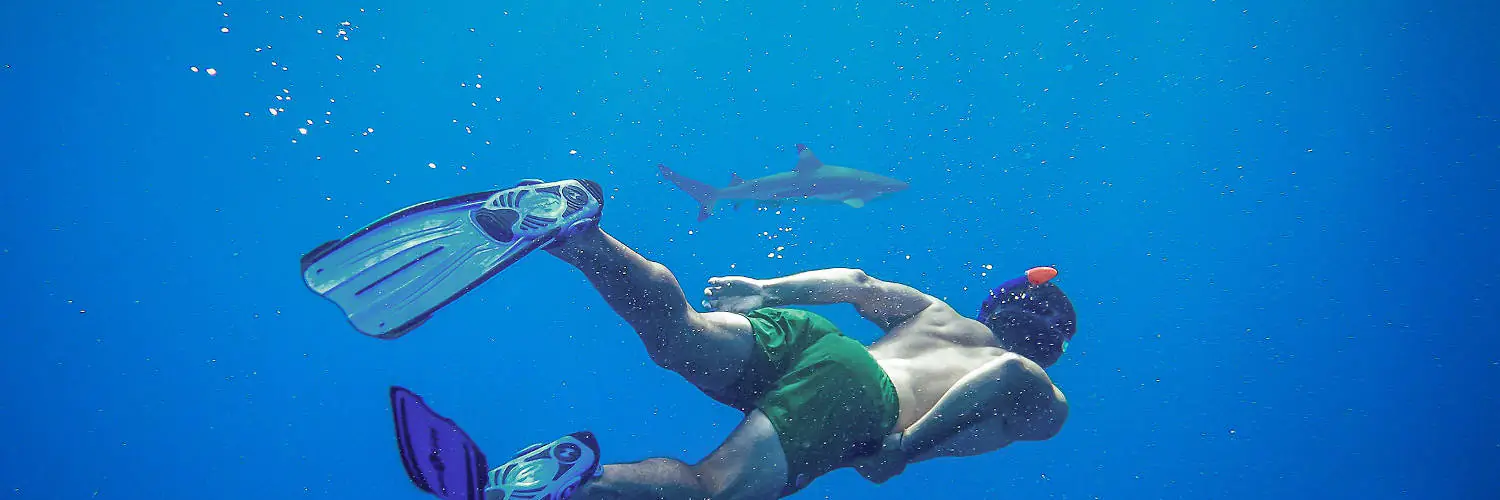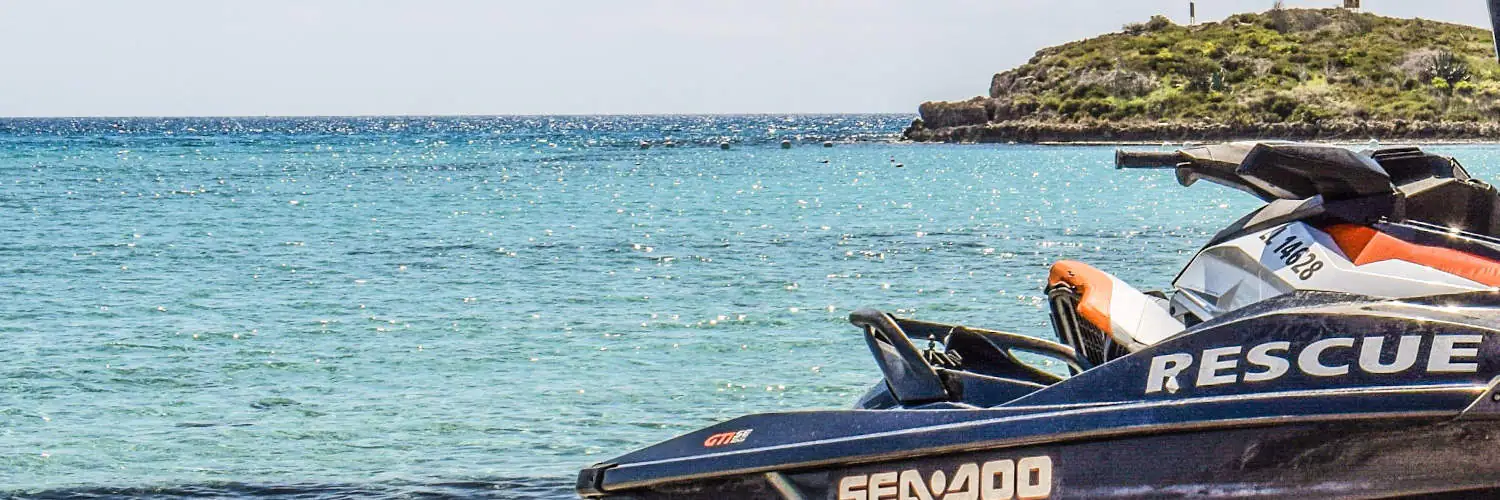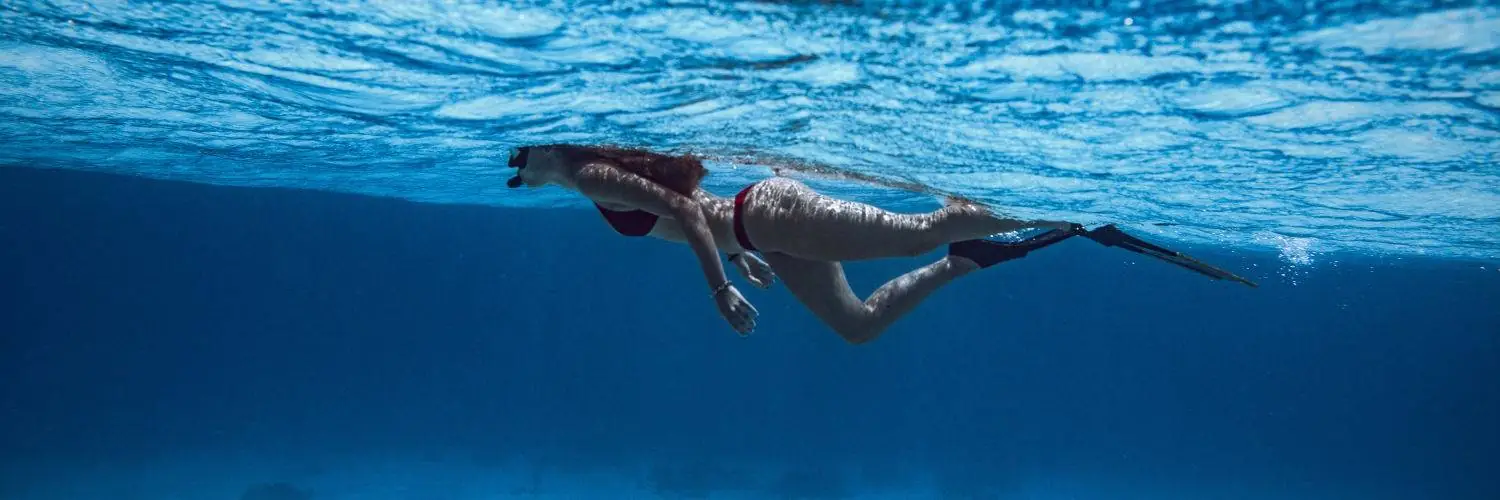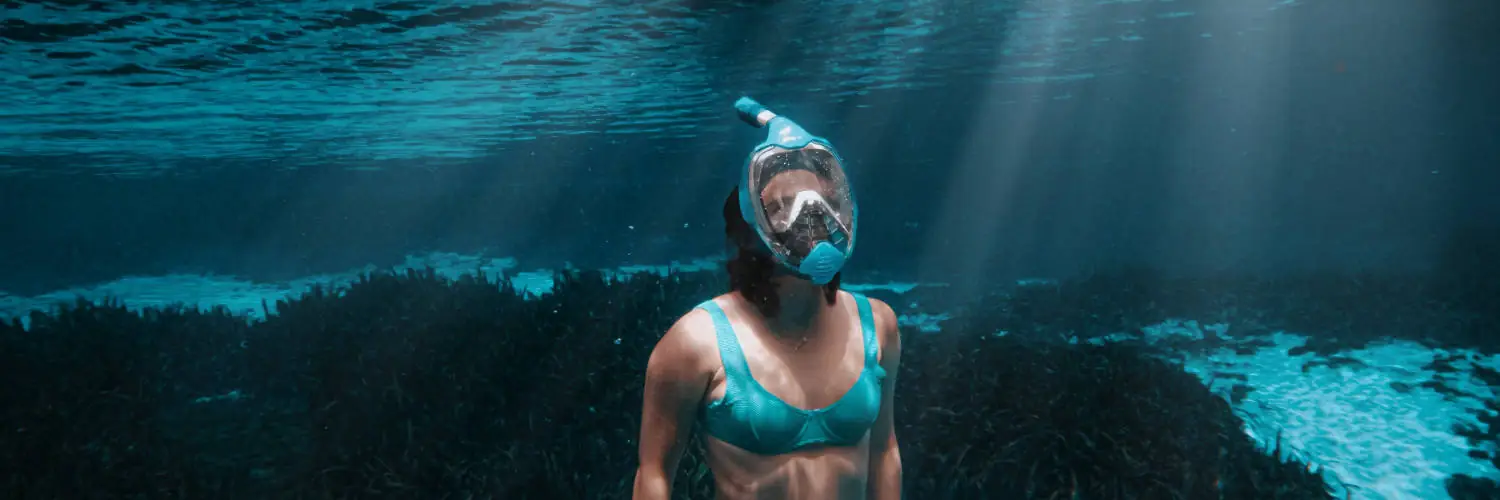Table of Contents
Snorkeling Risks: Understanding and Mitigating Water-Related Dangers
Snorkeling ranks as one of the most accessible and delightful ways to witness the underwater world. With minimal training, individuals can float over reefs teeming with marine life, providing both a serene and educational experience. The sport’s appeal lies in its simplicity and immediacy – a mask, snorkel, and fins are often enough to unlock the vibrant scenes beneath the waves. The element of fun associated with snorkeling is undeniable, as it allows swimmers of all levels to partake in aquatic exploration without the need for complex equipment or extensive dive training.
However, it’s critical for both novices and seasoned snorkelers to be cognizant of the inherent risks that accompany the activity. As undemanding as it may seem, snorkeling still exposes individuals to natural elements such as strong currents, unpredictable weather, and potential encounters with wildlife. Acknowledging and understanding these risks is the groundwork for ensuring safety during this engaging pastime. Proper preparation and respect for the ocean’s variable conditions are essential in preserving the enjoyable aspects of snorkeling while minimizing the associated dangers.
Ensuring the safety of participants involves a multifaceted approach, including awareness of weather and water conditions, personal health considerations, and adherence to safety protocols. Sun protection, hydration, and energy conservation are crucial to prevent overheating and exhaustion. It is equally important to use well-maintained equipment and to have a clear understanding of one’s physical limitations. By prioritizing these measures, snorkelers can significantly reduce the risks and focus on the enriching experience that observing underwater ecosystems provides.
Understanding Snorkeling Risks
When engaging in snorkeling, participants face various hazards stemming from environmental factors and personal health concerns. Awareness and preparation are crucial for minimizing these risks.
Environmental Risks
Currents and waves can be unpredictable and pose significant dangers to snorkelers. Strong currents may sweep away even experienced swimmers, while waves can impact visibility and breathing stability. Dangerous marine life, such as jellyfish, sea urchins, or venomous fish, also presents risks. Encounters with aggressive or territorial species can lead to injuries or stings.
- Currents: Often unseen but powerful, can lead to exhaustion or being swept away from shore.
- Waves: Affect buoyancy and breathing; may cause disorientation.
- Marine Life: Potential for harmful interactions; some species may be venomous or aggressive.
Personal Health Concerns
Snorkelers must consider their age and health before participating. For those with pre-existing conditions, especially respiratory or cardiovascular concerns, snorkeling can exacerbate these issues. Dehydration and overexposure to the sun can occur quickly, with symptoms sometimes going unnoticed until they become severe.
- Age: Affects stamina and resilience.
- Health: Conditions such as asthma can increase the risk of complications.
- Sun Exposure: Can lead to sunburn or heatstroke; protection is necessary.
- Dehydration: Often overlooked, it impairs physical and cognitive functions.
A snorkeler’s well-being is dependent on recognizing and mitigating these risks through prudent choices and preparations.
Essential Snorkeling Gear and Equipment
When snorkeling, having the correct gear tailored to fit the individual’s needs and ensuring it is well-maintained are critical factors for safety and comfort beneath the waves.
Choosing the Right Fit
The snorkeler must choose equipment that fits properly to ensure both effectiveness and safety. The mask should seal comfortably around the face with a strap that is snug but not overly tight. A mask that is too loose can allow water to enter, while one that is too tight can cause discomfort or headaches.
Fins should be selected based on the type of snorkeling activity; for relaxed surface snorkeling, shorter fins may suffice, while longer fins might be needed for free diving to greater depths. They must be comfortable to avoid cramps and blisters, with neither too tight nor too slack a fit on the feet.
A wetsuit is advisable in cooler waters to preserve body heat and protect the skin from abrasions and stings. The fit should be close to the body without restricting movement.
For flotation assistance, especially for less confident swimmers, a life jacket or snorkel vest is essential. It should be buoyant enough to keep the snorkeler afloat without impeding their swimming ability.
Maintenance and Care
Routine maintenance of snorkeling gear is essential to ensure functionality and longevity. After each use, all equipment should be rinsed with fresh water to remove salt, sand, and other debris. The snorkeler should inspect their gear for any signs of wear and tear, such as cracks in the mask or fins, and address any issues promptly.
The mask and snorkel require particular attention; lenses should be kept clean and clear, and the snorkel’s breathing tube should be checked for blockages. Storing gear in a cool, dry place away from direct sunlight will prevent premature degradation of materials.
Proper care of one’s wetsuit involves washing with wetsuit shampoo and allowing it to dry inside out, away from direct heat or sunshine. This helps prevent the neoprene material from becoming brittle and cracking.
In summary, selecting snorkeling equipment that fits well and providing consistent maintenance are pivotal in promoting a safe and enjoyable snorkeling experience.
Preparation and Planning
Proper preparation and planning are crucial for a safe snorkeling experience, encompassing rigorous training and thorough understanding of the environmental conditions.
Learning and Training
Before engaging in snorkeling, individuals should undergo proper training. Lessons from certified instructors ensure that participants are equipped with essential skills, such as proper fin technique to reduce the risk of cramps, and how to clear water from the snorkel. Training also emphasizes the importance of maintaining fitness levels appropriate for the physical demands of snorkeling.
- Key Training Areas:
- Equipment usage and maintenance
- Breathing techniques
- Safety procedures
- Emergency responses
Understanding the Environment
Snorkelers must research and understand the environment they plan to explore. Knowledge of local weather patterns and beach warning flag systems can alert snorkelers to potential dangers. Additionally, consulting with locals can provide invaluable insights into safe snorkeling spots and current conditions.
- Environmental Checklist:
- Currents & Tides: Check tidal charts and current conditions.
- Wildlife: Be aware of marine life that could be encountered.
- Protected Areas: Respect and avoid damaging coral reefs by using reef-safe sunscreen.
- Local Regulations: Know and adhere to local safety guidelines.
Pre-snorkeling Preparations:
- Apply reef-safe sunscreen to protect skin while respecting marine ecosystems.
- Ensure physical readiness to handle potential swimming challenges.
- Learn to identify and understand beach warning flags for safe snorkeling zones.
Recognizing and Responding to Dangers
Before venturing into the water, snorkelers must be aware of potential perils and understand how to effectively address them to ensure their safety.
Natural Hazards
Currents and Tides
- Currents: Strong currents can quickly exhaust a snorkeler or carry them away from the shore. They should observe water movement before entering and avoid areas with swift currents.
- Tides: Tidal changes may impact water depth and clarity. Snorkelers should check tide schedules and avoid snorkeling during extreme low or high tides to prevent being caught in challenging conditions.
Marine Life Encounters
- Jellyfish: A snorkeler may encounter jellyfish whose stings can cause painful rashes or allergic reactions. Wearing a rash guard can offer some protection against stings.
- Sharks: While shark encounters are rare, snorkelers should remain calm and slowly move away without splashing excessively if they spot a shark.
- Human activity may attract sharks, so snorkelers should be cautious not to fish or spearfish in popular snorkeling areas.
Human Factors and Health Issues
Physical Condition and Skills
- Snorkelers should assess their swimming abilities honestly, refraining from snorkeling in challenging conditions without adequate experience or physical fitness.
- Individuals must be vigilant about not overexerting themselves to avoid exhaustion and potential drowning.
Health and Safety Precautions
- Alcohol and Snorkeling: Alcohol consumption before snorkeling can impair judgment and increase the risk of accidents or injury. Snorkelers should avoid alcohol before participating.
- Heatstroke: Being exposed to the sun for an extended period can lead to heatstroke. Snorkelers should stay hydrated and take breaks in the shade.
- Medical Conditions: Individuals with existing medical conditions should consult a healthcare provider before snorkeling, as certain conditions may increase the risk of complications underwater.
Snorkeling Best Practices
Snorkeling can be a delightful and safe water activity if one adheres to certain safety measures and respects marine life. Embracing best practices ensures a remarkable and secure experience for snorkelers.
Buddy System and Supervision
It is strongly recommended that snorkelers never snorkel alone. Having a snorkeling buddy not only enhances the enjoyment of the experience but also significantly improves safety. In the event of unexpected situations like strong currents or equipment issues, a buddy can offer immediate assistance. Especially in open water scenarios, where variables can change abruptly, the buddy system provides an extra layer of security by ensuring that someone is always there to help or raise an alarm if needed.
- Always Snorkel with a Companion: Whether in a pool or the open ocean, snorkeling with a partner can prevent accidents.
- Stay Close and Visible: Keep a visual on your buddy to ensure both safety and accountability.
Awareness and Respect
Snorkelers should maintain a high level of environmental awareness and show the utmost respect for marine life and habitats. Snorkelers must be informed about and mindful of the conditions they are entering, including reefs, dangerous marine life, and strong currents.
- Environmental Conditions: Before entering the water, snorkelers should check weather forecasts and be cognizant of strong currents that could impact their ability to swim safely.
- Respect Marine Life: Touching reefs or marine creatures not only disturbs the ecosystem but can also result in injuries from poisonous or defensive species. Maintain a safe distance from coral and fauna.
- Use of Snorkel Tube: The snorkel tube is a critical piece of equipment that must be used correctly—the snorkeler must be practiced in clearing water from the tube to prevent accidental inhalation of water.


